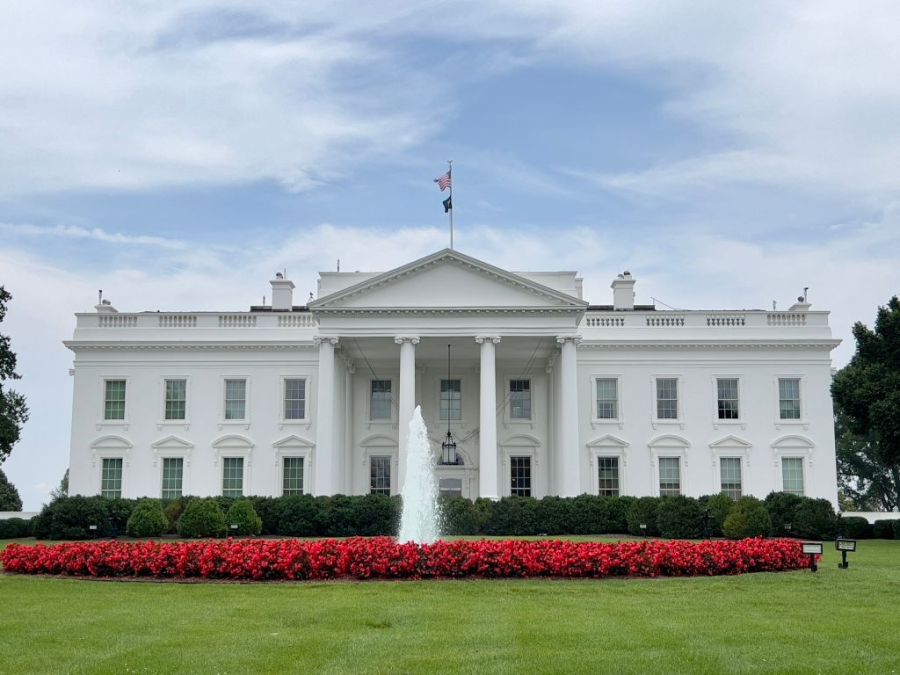White House issues guidance for purchasing AI tools to US agencies

New federal guidance for acquiring artificial intelligence solutions directs U.S. agencies to take steps to manage risks, promote competition and share information within the executive branch.
The White House Office of Management and Budget on Thursday publicly released its anticipated memorandum on responsible AI acquisition in government (M-24-18), charting an initial path forward for agencies to buy products that use the booming technology in a safe and responsible way and placing new criteria on those contracts.
“The AI used by federal agencies will likely either be built by a contractor on behalf of an agency or purchased by a federal agency for use,” Jason Miller, deputy director for OMB and COO of the federal government, said during a press call. “This new memo provides agencies with the tools and information they need as they acquire AI, capturing its promise while managing its risks.”
The memo carries weight as the U.S. government is the largest single buyer in the country with an annual spend of over $750 billion. Technology accounts for a large piece of that spending. In 2023, the federal government spent more than $100 billion on IT products and services, including AI, according to the White House.
Under the memo, which was required by President Joe Biden’s executive order on the technology from last year, AI will generally be treated as a type of IT acquisition.
Moreover, agencies will be required to take steps to promote competition within the AI market, such as taking interoperability into consideration and preventing “vendor lock-in.” The guidance also establishes requirements to share information about AI acquisition with other agencies, including lessons learned and best practices, and creates a working group led by the federal CIO and administration for federal procurement policy to inform acquisition strategies in the future.
OMB defines AI covered by the memo as instances in which a tool, software or system was designed for the specific purposes of “researching, developing, or implementing” AI, as well as instances in which AI is integrated into other types of systems, activities, and processes. It notes, however, that “common commercial products” with AI are excluded.
Generally, that definition wouldn’t cover products like a word processing system, but in cases where such a system is more customized to the agency’s needs or used primarily for AI, it likely would be covered by the memo.
To help agencies make determinations of what constitutes an AI acquisition, the memo advises them to consider actions such as asking vendors to report proposed AI uses in cases where the agency hasn’t explicitly required an AI system, and requiring contractors to notify stakeholders when AI is integrated into systems and services under a contract.
An administration official told reporters that the White House has been working with various groups across the federal government to develop the guidance. “This is no surprise to them,” the official said, adding that the aim of the guidance was to achieve the administration’s goals and be actionable so that agencies can meet deadlines and effectively manage the technology.
Deadlines to comply with the memo are coming up over the next several months.
By Nov. 1, agencies must identify contracts with rights- and safety-impacting AI, which are uses that require additional risk management steps. And by Dec. 1, agencies must ensure that contracts with rights- and safety-impacting systems are brought into compliance with certain requirements under the memo and that new contracts are consistent with the guidance. The memo then applies to any applicable AI contract issued 180 days after the memo, as well as renewals and extensions of existing contracts.
Those deadlines are happening simultaneously with existing deadlines from OMB’s memo on AI governance, including the deadline for extension requests for rights- and safety-impacting uses later this month and deadline for agencies’ annual AI use case inventories in December.






